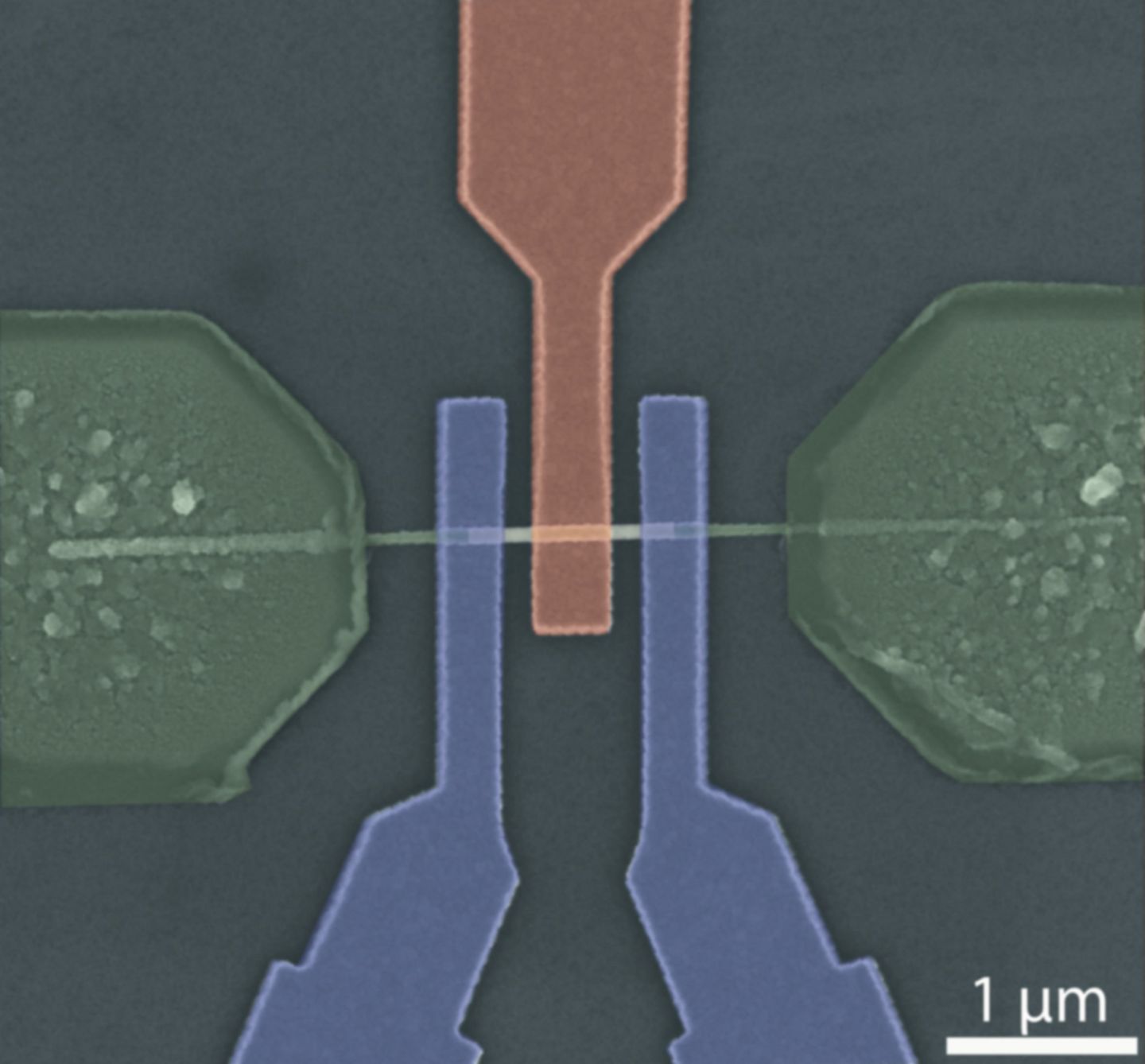Researchers develop adaptive transistor using germanium
The increased adaptability makes arithmetic operations possible with just 24 transistors which previously required 160 transistors. It can also dramatically increase the speed and energy efficiency of the circuits.

- Country:
- Austria
Scientists at TU Wien (Vienna) have developed a new, intelligent transistor that can be adapted to perform very different tasks as needed. The adaptive transistor design is said to open new possibilities, particularly in the field of artificial intelligence (AI), neural networks and more.
Touted as the most flexible transistor in the world, the novel transistor relies on germanium, instead of the usual silicon technology, and can be switched in a flash, the researchers claim.
"Our human intelligence is based on dynamically changing circuits between nerve cells. With new adaptive transistors, it is now possible to change circuits directly on the chip in a targeted way, says Prof. Walter Weber, Institute for Solid State Electronics at TU Wien.
Explaining the design of the novel transistor, Dr Masiar Sistani, a postdoctoral researcher in Prof. Walter Weber's team, said that two electrodes were connected with an extremely thin wire made of germanium, which is connected to the metal on both sides with special, extremely clean interface. In the next step, a gate electrode like the ones found in conventional transistors is placed above this germanium segment.
The adaptive germanium transistor features an additional control electrode, placed on the interfaces between germanium and metal, that can dynamically program the function of the transistor.
"The fact that we use germanium is a decisive advantage. This is because germanium has a very special electronic structure: when you apply voltage, the current flow initially increases, as you would expect. After a certain threshold, however, the current flow decreases again - this is called negative differential resistance. With the help of the control electrode, we can modulate at which voltage this threshold lies. This results in new degrees of freedom that we can use to give the transistor exactly the properties that we need at the moment," Masiar Sistani further explained.
The increased adaptability makes arithmetic operations possible with just 24 transistors which previously required 160 transistors. It can also dramatically increase the speed and energy efficiency of the circuits.
Researchers believe that the novel transistor will not fully replace the previous transistor technology, but is more likely to be incorporated into computer chips as an add-on in the future, the researchers said.










